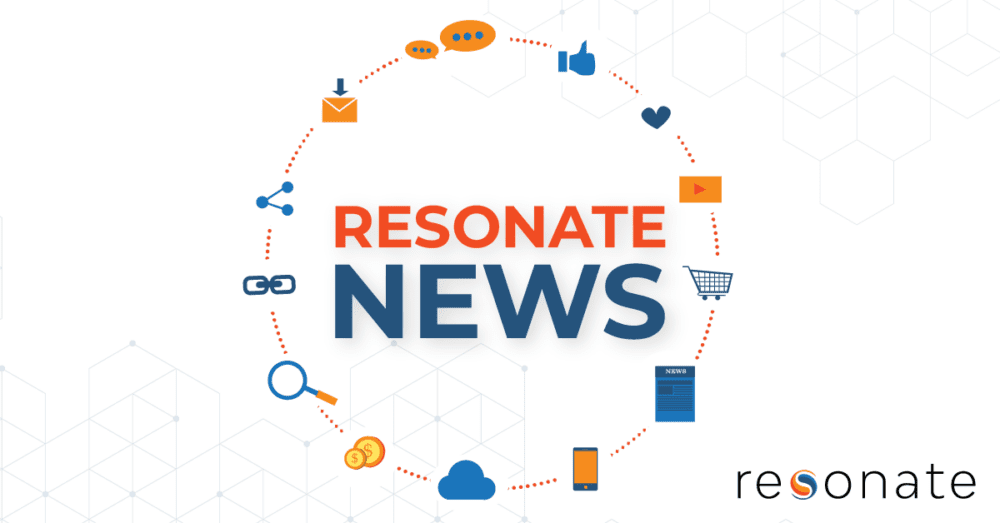Many of the targeting strategies used by today’s marketers fall into “the uncanny valley,” a phrase coined by Masahiro Mori over 40 years ago to describe the strong aversion people feel when observing a robot or computer-generated image.
Marketers aim to deepen the emotional appeal of their communications, but these attempts have used proxies of consumers as opposed to using their actual core values, beliefs and motivations. I like to call it the uncanny valley of marketing. We should not retreat from the edge of the uncanny valley but to instead put in place the processes and technology to bridge it.
BUILD THE UNCANNY VALLEY BRIDGE
Crossing the uncanny valley is possible. The trick for agencies is to focus on three key elements: data, technology and process. Hollywood offers a great example of the process. We’ve seen filmmaking and CGI begin to emerge with wholly animated characters beginning to take on realistic emotional, human portrayals that attract rather than repel viewers.
Filmmakers bridged the uncanny valley with motion capture and facial topology, using hundreds of sensors attached to an actor’s body and face. These sensors capture real human movement and expressions so that artists can then animate on top of them.
This process starts with humans, captures nuanced, expressive data and combines that data with technology and process to more richly integrate animations with emotions and create more real connections with the viewers.
HOW MARKETERS SHOULD FOLLOW SUIT
Marketers today are using rough ‘cardboard’ cutouts instead of real humans in their audience targeting. Most personas within media-buying come from census metrics like age, gender and income.
Marketers also get a “plus one” magic ingredient in persona development. It might be geography, recent shopping activity or a recent web visit. But there’s a lack of depth in how marketers are targeting consumers. ‘Cardboard’ flatness is a sacrifice being made to get to scale. Why? Because these audiences represent populations rather than true personas. But how can marketers identify effective creative messaging and channels when there’s no nuance to their audiences?
Current tactics won’t work. That’s why creative and messaging today is ending up in the uncanny valley. Marketers have plenty of data to vaguely attempt personalized connections, but it’s not enough. In the end, the interactions fall flat.
For marketers to move beyond ‘cardboard’ personas, they need data, process and technology. Marketers already have scores of data. The execution through process and technology is the hard part.
Our industry needs to focus on putting in place the processes and technology to enable marketers to connect all the data points on a given consumer and message accordingly.
Think of it like motion capture in filmmaking. Current data represent the many sensors attached to a live actor’s face and body. The next step is to translate that data into an accurate representation of a human—complete with age, gender and income, as well as their values, motivations and real-life actions. It’s this genuinely human data that will enable marketers, with the help of the right technology and process, to bridge the uncanny valley of marketing at last.
Think of Resonate’s managed media service as your agency’s solution for data, technology and process. We provide your teams with the most relevant and accurate audiences built from our proprietary consumer insights. Our team of experts then activates those nuanced audiences across all digital channels, at-scale with AI-driven lookalike modeling. We drive the right audiences to the right channels, allowing you to cost-effectively reach the KPIs your clients expect.
Learn more about moving away from ‘cardboard’ personas and relying on deeper, more relevant data for your next campaign in our on-demand webinar, Uncover the Human Element of Data Targeting: Go Beyond ‘Cardboard’ Personas.

